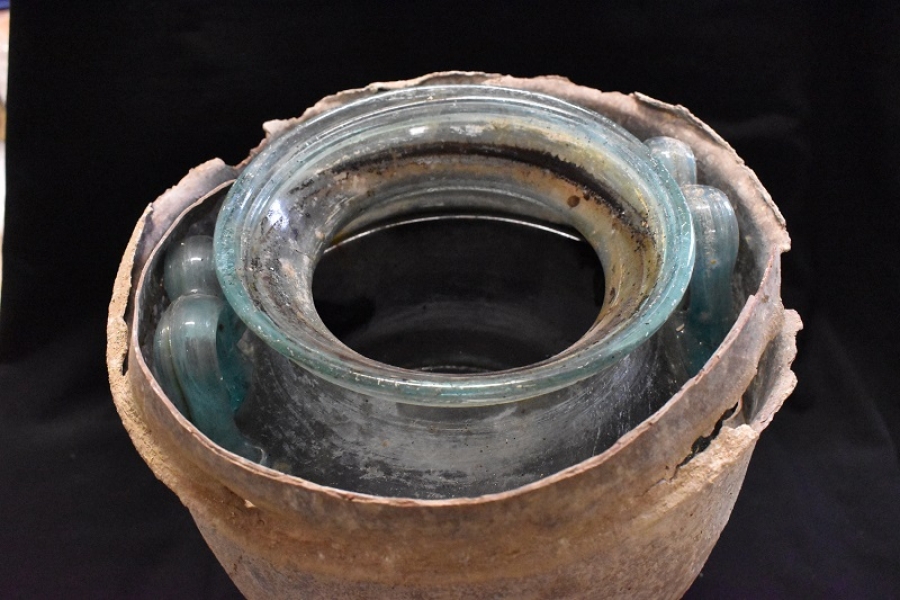In 2019, archaeologists unearthed an ancient Roman tomb in Carmona, Spain, unveiling a discovery that would rewrite history. Among the six individuals laid to rest, one man’s remains were found in a glass urn immersed in a liquid that, remarkably, has survived since the first century AD. The liquid, now tinged with a reddish hue, has been identified as the oldest wine ever found, surpassing the famous Speyer wine bottle dating back to the fourth century AD.
Juan Manuel Román, municipal archaeologist of Carmona, expressed astonishment at the pristine condition of the tomb, which preserved the wine intact for over two millennia. Rigorous chemical analyses conducted by the University of Cordoba’s Department of Organic Chemistry confirmed the liquid’s identity as wine.
Researchers examined pH levels, organic matter, mineral salts, and specific chemical compounds, comparing them with modern wines from Montilla-Moriles, Jerez, and Sanlúcar. Most importantly, the presence of polyphenols, including seven distinct biomarkers typical of white wines, provided definitive proof of its nature.

Interestingly, the wine’s presence with the man’s remains reflects ancient Roman societal norms, where wine was exclusively considered a drink for men. The tomb’s artifacts, including a gold ring and remnants of a cremation bed, alongside the wine, constituted a funerary trousseau intended to accompany the deceased into the afterlife.
In contrast, the urn containing a woman’s remains held amber jewels, perfume, and silk fabric remnants, underlining gender-specific distinctions in Roman funerary rituals.
Despite the passage of time, the origins of the wine remain enigmatic, although mineral salts found in the tomb suggest a connection to wines historically produced in the region of Betis, now part of modern-day Andalusia.
This discovery not only sheds light on ancient Roman funerary practices but also offers a glimpse into their cultural significance and beliefs surrounding death. Through meticulous scientific investigation, the legacy of Hispana, Senicio, and their companions continues to resonate, revealing a poignant connection to our distant past.
Related: AI-Powered Species ID: A New Era for Biodiversity Research



